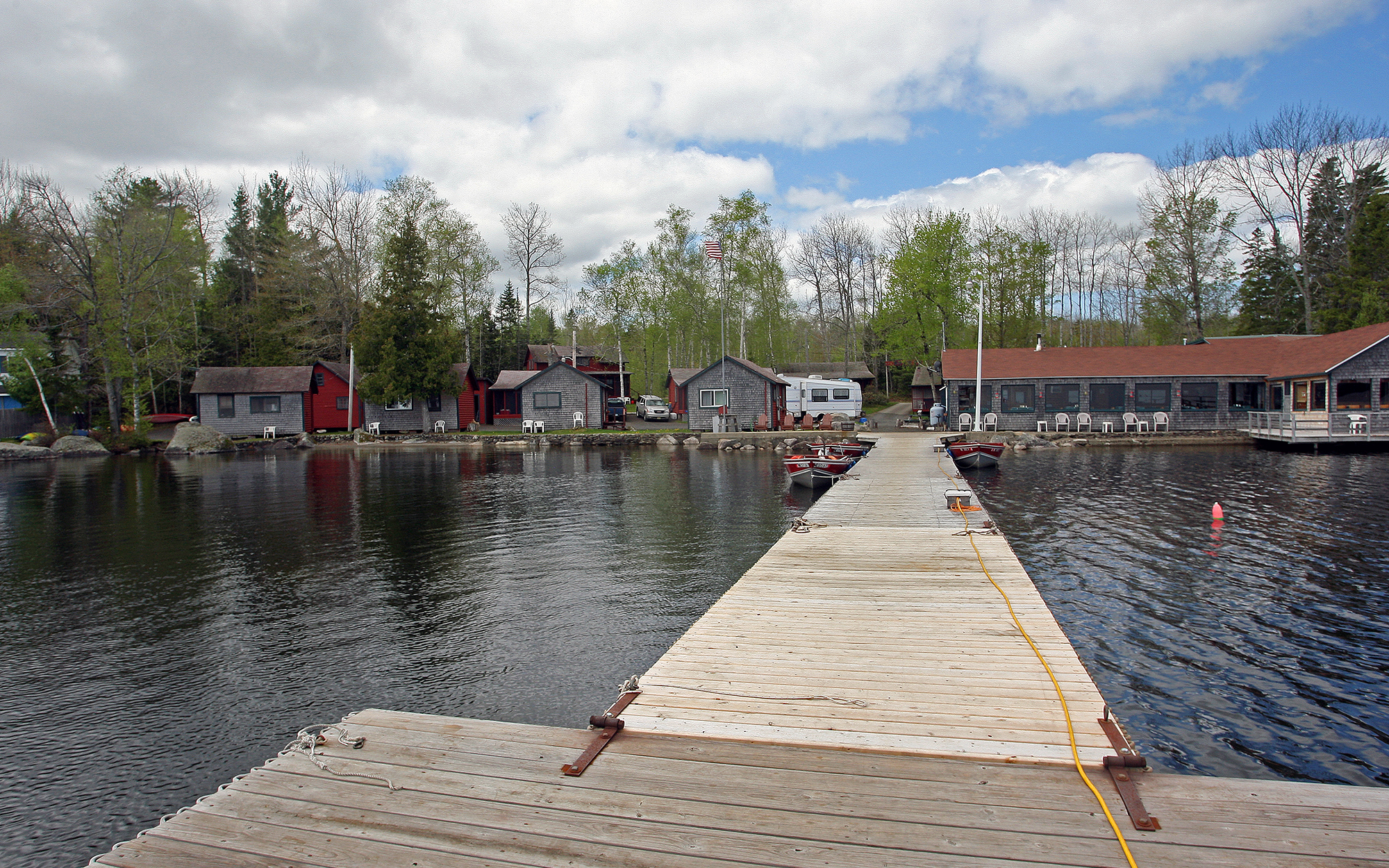DANFORTH, Maine — In April 2019, nearly 40 area citizens, business owners, town officials and planning consultants gathered at the historic Danforth Town Hall to discuss the future of this sparsely populated East Grand Region of eastern Maine.
It is an area of over 300,000 acres, situated at the extremities of three counties, divided by the Washington-Aroostook county line and eight of the 17 area towns are within the Unorganized Territory.
According to Elbridge Cleaves, team member, the resounding theme was “We want our children to live here; we want those who love the outdoors to visit. Recent area investments mean we are not starting from ground zero; this is all important. Act now!”
Based on much research, the planning team has chosen a citizen-driven, asset-based approach to economic planning and development. Sunrise County Economic Council and Northern Maine Development Commission have partnered as supporters and participants.
With a recent award of $10,000 from the Washington County TIFF and nearly an equal amount of private donations, the planning team through SCEC, has engaged Sarah Strickland of Strategic Wisdom Partners in Robbinston as project director. Full funding of the project is anticipated by December, with the total budget being $45,000, including in-kind contributions.
Over the next six months, Strickland and the team will meet with groups and individuals within each community to identify key assets suitable for potential economic benefit. The final report will focus on combined strengths, gaps, connections and solutions. The underlying goal of the plan is to overcome past barriers to communication by arbitrary administrative, financial, and political use of county and municipal boundaries.
Realistic expectations include: maintain and grow existing businesses; foster new entrepreneurships; help address physical blight; facilitate workforce training; develop nature- based recreational infrastructure; expand services to lake neighborhoods; improve/expand local agriculture; promote connectivity to place and heritage; become a credible voice of economic advocacy; and build partnerships between communities and organizations.
Several area timberland owners, the Chipuneticook Lakes International Conservancy (Efforts with Forest City Dam), Washington County Council of Governments, and the Washington County Board of Commissioners have all been key members of the process, Cleaves said.
Partnering organizations include: Citizens Organization for Rural Education, Machias Savings Bank, East Grand School, the Towns of Danforth and Weston, the Greater East Grand Lake Chamber of Commerce, Sunrise County Economic Council, and the Northern Maine Development Commission.








